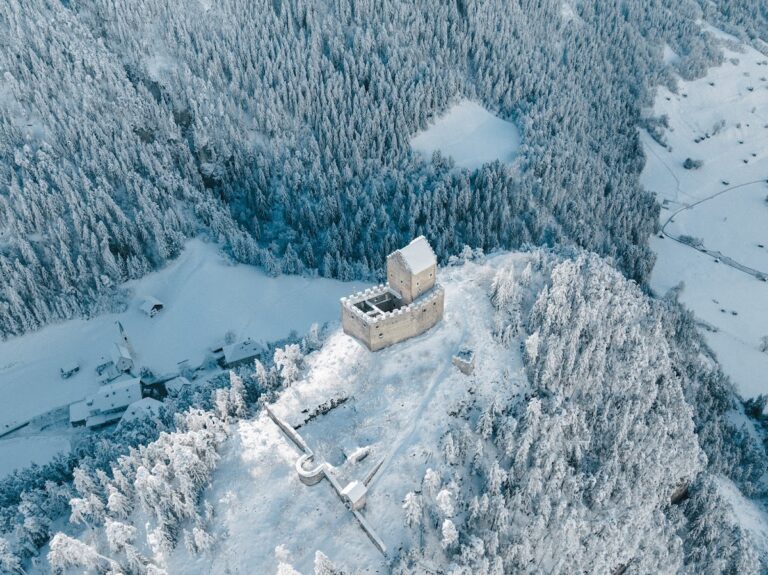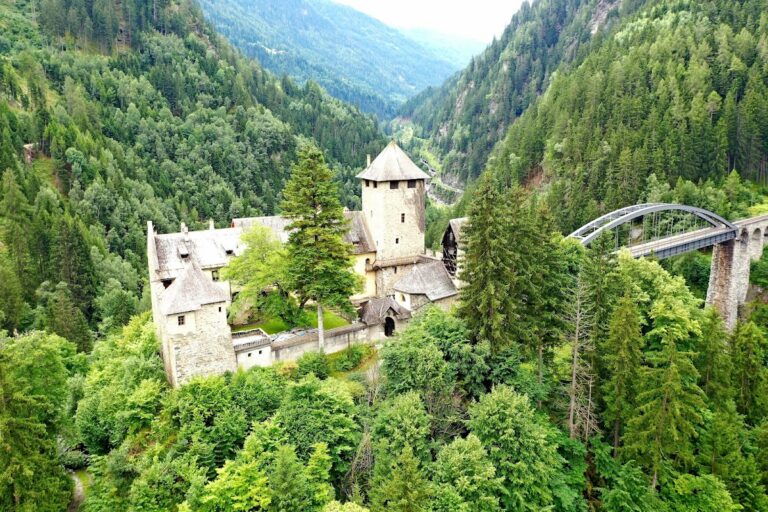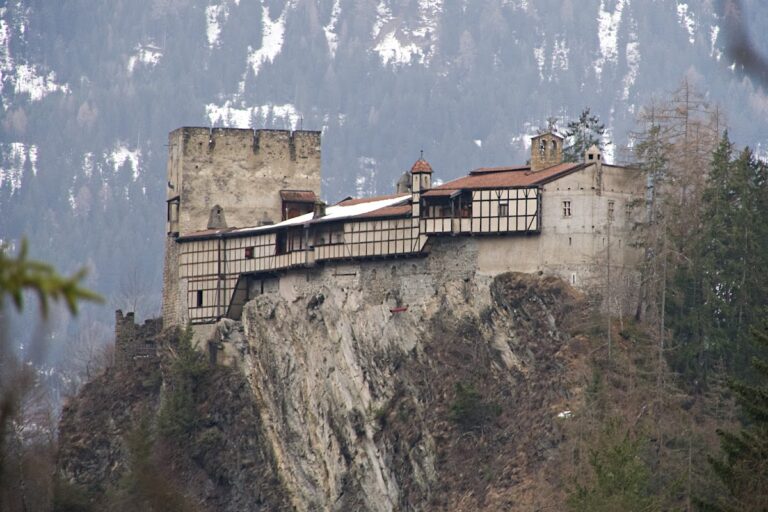Burg Schrofenstein: A Medieval Rock Castle in Austria
Visitor Information
Google Rating: 4.3
Popularity: Low
Google Maps: View on Google Maps
Country: Austria
Civilization: Unclassified
Remains: Military
History
Burg Schrofenstein is situated near the community of Stanz bei Landeck in Austria. It was constructed in the medieval period by a Germanic civilization to secure control over important mountain pass routes connecting the Vinschgau valley with the Arlberg and Fernpass areas.
During the early stages of its existence, the castle was occupied by ministeriales, a class of unfree knights often serving ecclesiastical or noble lords, who came from the region near Chur. Burg Schrofenstein also functioned temporarily as a local court seat, indicating an administrative as well as military role. From the 13th century onward, the castle became the hereditary seat of the von Schrofenstein family, a noble lineage established in Tyrol. This family maintained control over the fortress until their line ended in 1546.
Following the extinction of the Schrofenstein family, ownership transferred to the counts and princes of Trautson, signaling a shift in territorial possession. Over the centuries, Burg Schrofenstein gradually fell out of active use. By the 19th century, it had entered a phase of decline, reflecting broader changes in regional defense and governance. In more recent times, the castle’s most prominent surviving structure, its bergfried or main keep, underwent renovation efforts by a private owner, ensuring some measure of preservation.
Remains
Burg Schrofenstein is classified as a rock castle (Felsenburg), built directly onto a rocky outcrop on a mountainside approximately 1122 meters above sea level. This elevated position provided commanding views over the nearby Perjen district, emphasizing its strategic location. The castle ruins are notably difficult to reach, indicating their defensive advantage.
Today, the primary standing structure is the bergfried—a tower originally intended as a fortified keep and refuge, which reaches about 12 meters in height. This tower has been restored by a private owner, preserving its essential form. Below the main castle, roughly 50 meters downhill, remnants of the stables can be seen, indicating facilities for housing horses and supporting the castle’s logistical needs.
Further down the slope towards Stanz lies the area that once served as the economic courtyard or Wirtschaftshof, where activities related to daily castle operations such as storage and crafts would have been carried out. These remains confirm the multi-functional nature of the site, combining defense with administration and sustenance. The overall layout extends from the high rocky base with its central fortified tower down to these service areas, illustrating a typical mountain stronghold adapted to the terrain.










